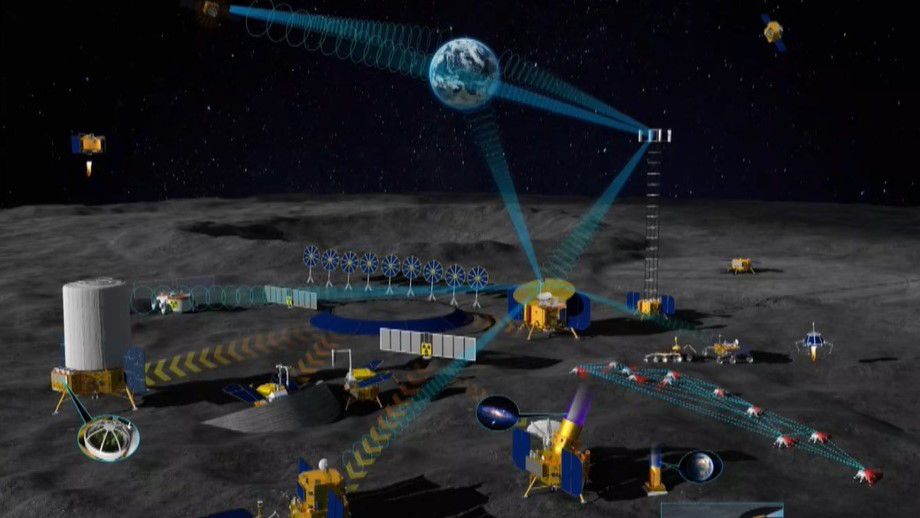As the race for space exploration heats up, the United States finds itself confronting unprecedented challenges from an unlikely source: a burgeoning collaboration between Russia and China in lunar exploration.
While Space X and NASA set their sights on a manned moon landing, Russia and China are laying the groundwork for an ambitious lunar presence of their own. Russia’s plans include the construction of a nuclear facility to power a sprawling research complex on the moon, signaling a significant leap forward in lunar colonization efforts.
The implications of this collaboration are far-reaching, raising concerns about the United States’ competitive edge in space exploration. With Russia and China poised to establish a massive lunar research station by 2026, the pressure is on for NASA and Space X to expedite their manned landing missions.
Of particular concern is China’s historic ambition for hegemony, which could extend to asserting control over large swathes of the lunar surface for military purposes. The International Lunar Research Station, a joint endeavor between Russia and China, represents a significant milestone in their lunar exploration efforts, with plans for a sprawling complex that will house scientists and researchers studying the moon’s properties.
Russia’s contribution to the lunar megaplex includes a nuclear power facility to ensure reliable energy for the station’s operations. Meanwhile, China’s lunar program has made significant strides, culminating in a noteworthy soft landing on the far side of the moon in January 2019.
The coordination of China’s lunar mission, which involved launching a communications satellite to orbit the moon and relay signals back to Earth, underscores the nation’s commitment to advancing its space capabilities. With the stakes higher than ever in the new space race, the United States must rise to the challenge and assert its leadership in space exploration.

